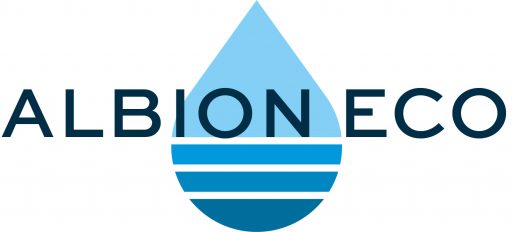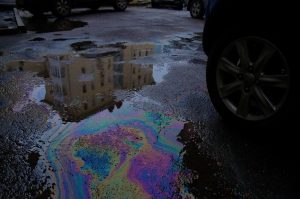Chlorine and disinfectant type taste or smell are quite common in water.
If you answer yes to any or all of the questions below. Then follow the advice in the section below.
Does your water taste like chlorine, bleach, or water in a swimming pool?
Does your water taste or smell of chlorine in cold drinks only?
Is the chlorine taste more noticeable first thing in the morning or early evening?
Chlorine and disinfectant taste and smells advice
Chlorine is added in very small amounts at water treatment works, levels are monitored 24 hours a day. It is a legal requirement to disinfect the water supply and make sure it’s safe to drink. The level of chlorine at the water treatment works is typically less than 1 part per million (mg/l). Your local swimming pool is normally between 1.5 and 5 parts per million (mg/l).
Sometimes the chlorine is more noticeable this is due to:
- Your distance from the treatment works – the level of chlorine deteriorates over time, the closer you are the more noticeable it might be.
- The water temperature – colder water holds chlorine for longer.
- The time of day – first thing in the morning and early evening is peak time for water use, meaning the water has come more quickly from the water treatment works and may contain more chlorine.
- If there’s a burst in your area or the emergency services have drawn water from our water mains, as above, the water may have come more quickly from the water treatment works.
You can try the following steps to improve the issue:
Place a jug of water in the fridge for a few hours before drinking it. Don’t keep the water for more than 24 hours, removing chlorine means that your water isn’t protected against bacterial growth.
If storing your water in a jug before drinking it doesn’t help, or if you only notice the taste or smell in hot drinks, it may be that the chlorine is reacting inside your internal plumbing. The chlorine can react with some plastics and rubbers in your plumbing or kitchen appliances giving it a bitter, metallic or disinfectant like taste. Even though this isn’t harmful, we understand that it doesn’t taste very nice.
If the taste is only in hot drinks, then the problem is probably your kettle. Most kettles (even metal ones) have plastic parts which can react with the chlorine. If your kettle is new, you should see an improvement quickly. If your kettle is older you may want to replace it. To check if your kettle is the problem, boil some water in a saucepan, use it to make your drinks and see if the taste is still there.
If the problem is not caused by your kettle, it could be from one of the hoses on a plumbed in appliance, such as a washing machine or dishwasher. To check this, follow these steps:
- Isolate the supply to your appliance
- Detach the hose from the plumbing
- Run the taps to flush through any water that’s been left standing in the hoses
- Disconnect the hose for a few hours or overnight if possible
- See if the taste has gone. If it has, then your hose is the cause. To fix this, you’ll need a ‘check valve’ – a small valve you screw on to the top of the hose to prevent water flowing back into your pipework. You can buy them from most DIY stores.
If you have checked your kettle and hoses and they aren’t causing the issue, it might be a tap washer causing the taste. New tap washers, or old worn washers can react with chlorine in the water. Try fitting a non-phenolic washer. If you still experience a problem, you can also change the washer on your stop tap.




